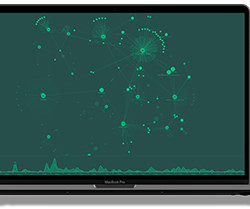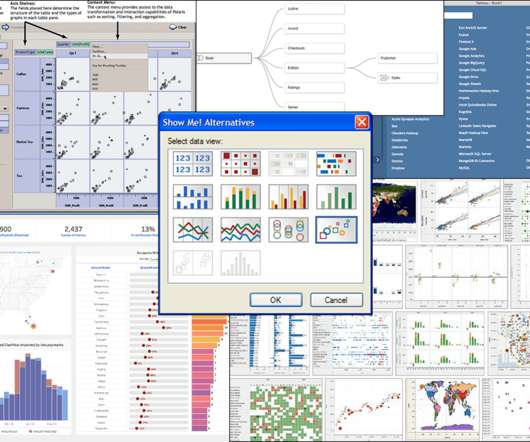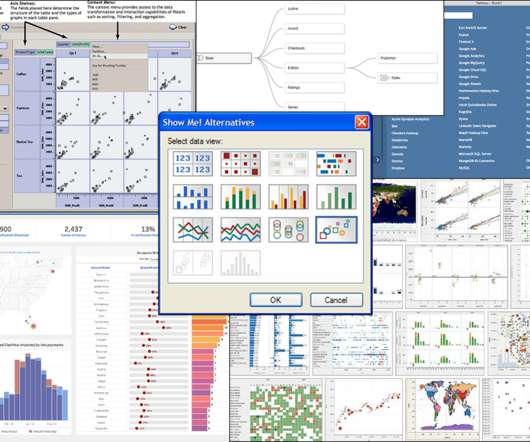Understanding earthquakes: what map visualizations teach us
Cambridge Intelligence
NOVEMBER 8, 2023
There are over 23,000 earthquake records in there, so to keep things more manageable, I focused only on those that happened between 2010-2016. Each node in my data model represents an earthquake, and each is colored and sized according to its magnitude: Red for a magnitude of 7+ (classed as ‘major’) Orange for a magnitude of 6 – 6.9












Let's personalize your content